Physiotherapy for De Quervain’s Tenosynovitis
De Quervain’s tenosynovitis is a condition that causes pain and inflammation in the wrist and thumb due to the swelling of the tendons that control thumb movement. Physiotherapy can be an effective treatment option for De Quervain’s tenosynovitis, as it helps to reduce pain, swelling, and inflammation, while also promoting healing and preventing further injury.
The following are some of the ways physiotherapy can help with De Quervain’s tenosynovitis:
Rest and Immobilization: Resting and immobilizing the affected hand is often the first step in treatment. Physiotherapists can provide appropriate splints or braces to protect the hand and wrist while it heals.
Strengthening and Range of Motion Exercises: Once the pain and inflammation have subsided, physiotherapy can help to rebuild strength and flexibility in the affected muscles and tendons. Exercises may include wrist and thumb stretches, resistance band exercises, and grip strengthening exercises.
Manual Therapy: Physiotherapists may use manual therapy techniques, such as massage and soft tissue mobilization, to reduce pain, improve circulation, and promote healing.
Ergonomic and Activity Modification: The physiotherapist may suggest modifications to the individual's daily activities or work to reduce strain on the affected hand and wrist, such as modifying their grip, changing the position of their hand during activities or using ergonomic tools.
Education: The physiotherapist may educate the individual on proper hand and wrist posture and positioning, as well as ways to prevent further injury.
It is important to note that the specific physiotherapy interventions for De Quervain’s tenosynovitis will depend on the individual's unique case, severity of injury, and other factors. Therefore, it is best to consult with a qualified physiotherapist for an appropriate treatment plan.
